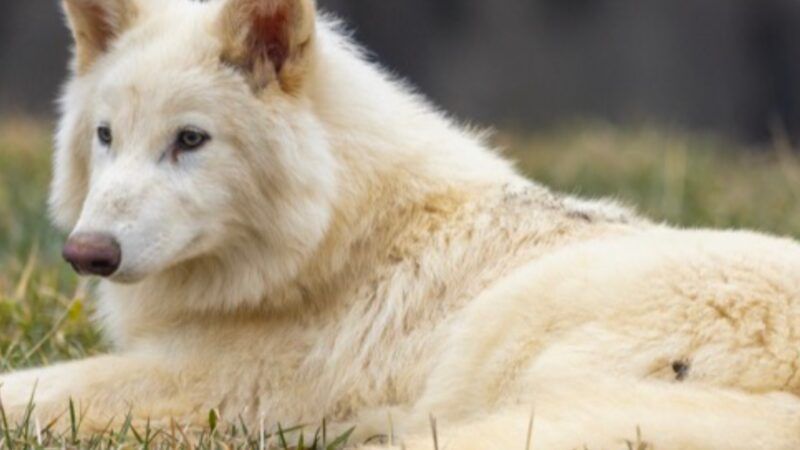Colossal Biosciences Resurrects Long-Extinct Dire Wolf
Next up are woolly mammoths, dodos, and Tasmanian wolves.

Dire wolves went extinct around 12,000 years ago, at the end of the last ice age. Weighing around 150 pounds, they were about twice the size of today's gray wolves. Dire wolves roamed both North and South America, preying on ancient horses, camels, sloths, and bison.
Colossal Biosciences, the private company aiming to bring back from extinction the woolly mammoth, announced today that it had produced three dire wolf pups using genetic editing and cloning. The researchers at the company extracted and sequenced the genomes of dire wolves from a 13,000-year-old tooth from Ohio and a 72,000-year-old skull from Idaho. The researchers then made 15 key edits in gray wolf genomes to more closely match the genomes of dire wolves. The nuclei of the edited cells were then inserted into the enucleated dog eggs that were installed in the wombs of surrogate mother dogs. The result was the birth of four dire wolf pups (one died 10 days after birth).
The two six-month-old male pups are named Romulus and Remus, after the founders of Rome who were raised by wolves. The two-month-old female is Khaleesi, a title from Game of Thrones. The new dire wolves have thick white coat and are bigger than gray wolves, with more powerful shoulders, wider heads, larger teeth and jaws, and more muscular legs.
Currently, the wolves are living on a private 2,000-acre facility at an undisclosed location in the northern United States. Some native nations have expressed interest in eventually providing land where dire wolves can once again roam freely.
Colossal Biosciences continues its work to bring woolly mammoths, dodos, and the Tasmanian wolves back from extinction.


Show Comments (88)